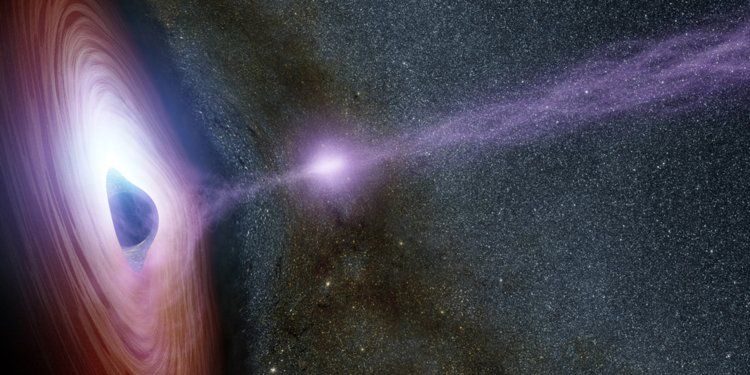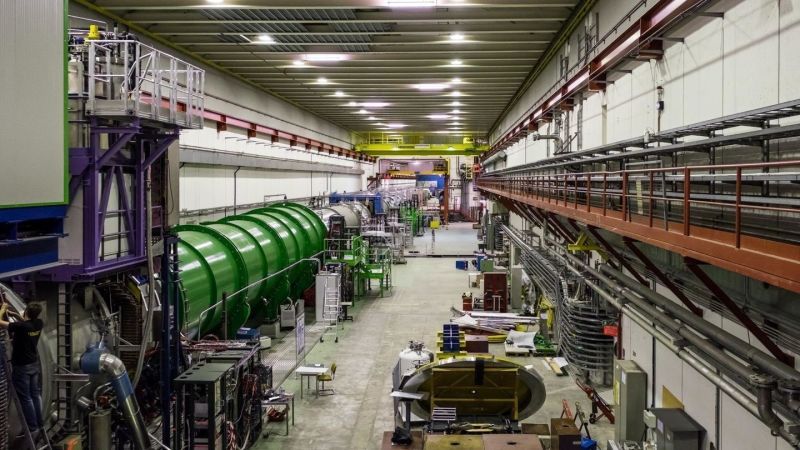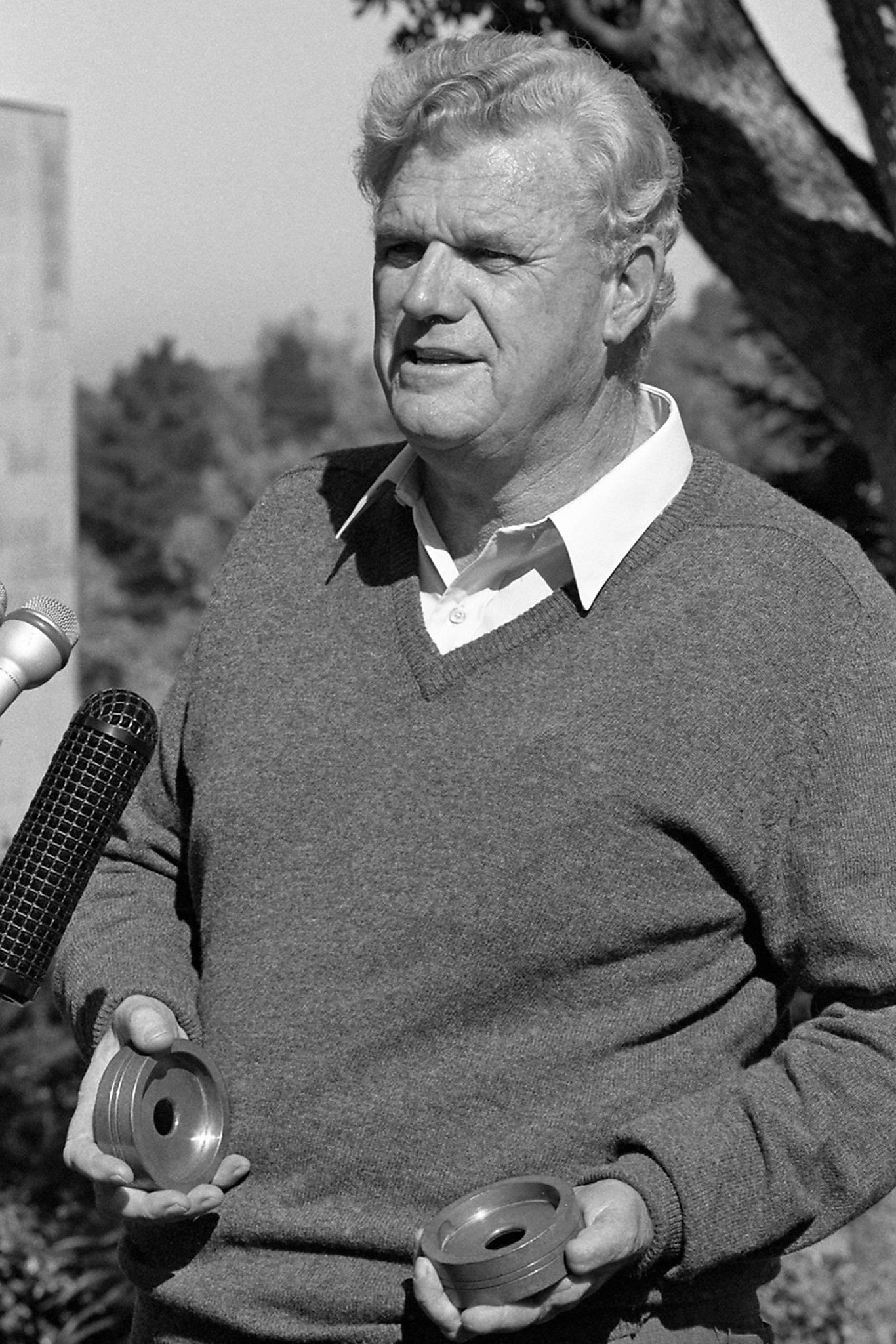Archive for the ‘particle physics’ category: Page 487
Apr 4, 2018
A second ‘Big Bang’ could end our universe in an instant — and it’s all because of a tiny particle that controls the laws of physics
Posted by Genevieve Klien in categories: chemistry, cosmology, particle physics, quantum physics
Our known universe may end the same way it was created: With a big, sudden bang.
That’s according to new research from a group of Harvard physicists, who found that the destabilization of the Higgs Boson — a tiny quantum particle that gives other particles mass — could lead to a huge explosion of energy that would consume everything in the known universe.
The energy released by the event would destabilize the laws of physics and chemistry.
Apr 4, 2018
Study reveals more than 100 tiny plastics in every meal
Posted by Bill Kemp in category: particle physics
We could be swallowing more than 100 tiny plastic particles with every main meal, a Heriot-Watt study has revealed.
The plastic, which can come from soft furnishings and synthetic fabrics, gets into household dust which falls on plates and is consumed.
The university academics made the discovery after putting Petri dishes containing sticky dust traps on the table next to dinner plates in three homes at meal times.
Mar 31, 2018
Excitement Mounts As The Large Hadron Collider Is Switched On Again And Begins A New Year Of Experiments
Posted by Genevieve Klien in categories: business, particle physics
This marks the seventh year that the particle accelerator has been in operation.
At 12:17 p.m. on Friday, March 30, the Large Hadron Collider at CERN was switched on once again, making 2018 the seventh year that the world’s largest particle accelerator has been in operation. It is also excitingly the fourth year running now that the LHC will have achieved 13 TeV collision energy.
Over the past four months, much maintenance has been conducted on the LHC, but with the work now completed the ATLAS experiment has begun a glorious new year as the Large Hadron Collider is now back in the business of circulating proton beams, as ATLAS report.
Mar 30, 2018
Scientists mix the unmixable to create ‘shocking’ nanoparticles
Posted by Bill Kemp in categories: nanotechnology, particle physics
Making a giant leap in the ‘tiny’ field of nanoscience, a multi-institutional team of researchers is the first to create nanoscale particles composed of up to eight distinct elements generally known to be immiscible, or incapable of being mixed or blended together. The blending of multiple, unmixable elements into a unified, homogenous nanostructure, called a high entropy alloy nanoparticle, greatly expands the landscape of nanomaterials—and what we can do with them.
This research makes a significant advance on previous efforts that have typically produced nanoparticles limited to only three different elements and to structures that do not mix evenly. Essentially, it is extremely difficult to squeeze and blend different elements into individual particles at the nanoscale. The team, which includes lead researchers at University of Maryland, College Park (UMD)’s A. James Clark School of Engineering, published a peer-reviewed paper based on the research featured on the March 30 cover of Science.
“Imagine the elements that combine to make nanoparticles as Lego building blocks. If you have only one to three colors and sizes, then you are limited by what combinations you can use and what structures you can assemble,” explains Liangbing Hu, associate professor of materials science and engineering at UMD and one of the corresponding authors of the paper. “What our team has done is essentially enlarged the toy chest in nanoparticle synthesis; now, we are able to build nanomaterials with nearly all metallic and semiconductor elements.”
Mar 30, 2018
A Material World – Building a Future from the Atoms Up: Rob Moore Public Lecture
Posted by Klaus Baldauf in categories: materials, particle physics
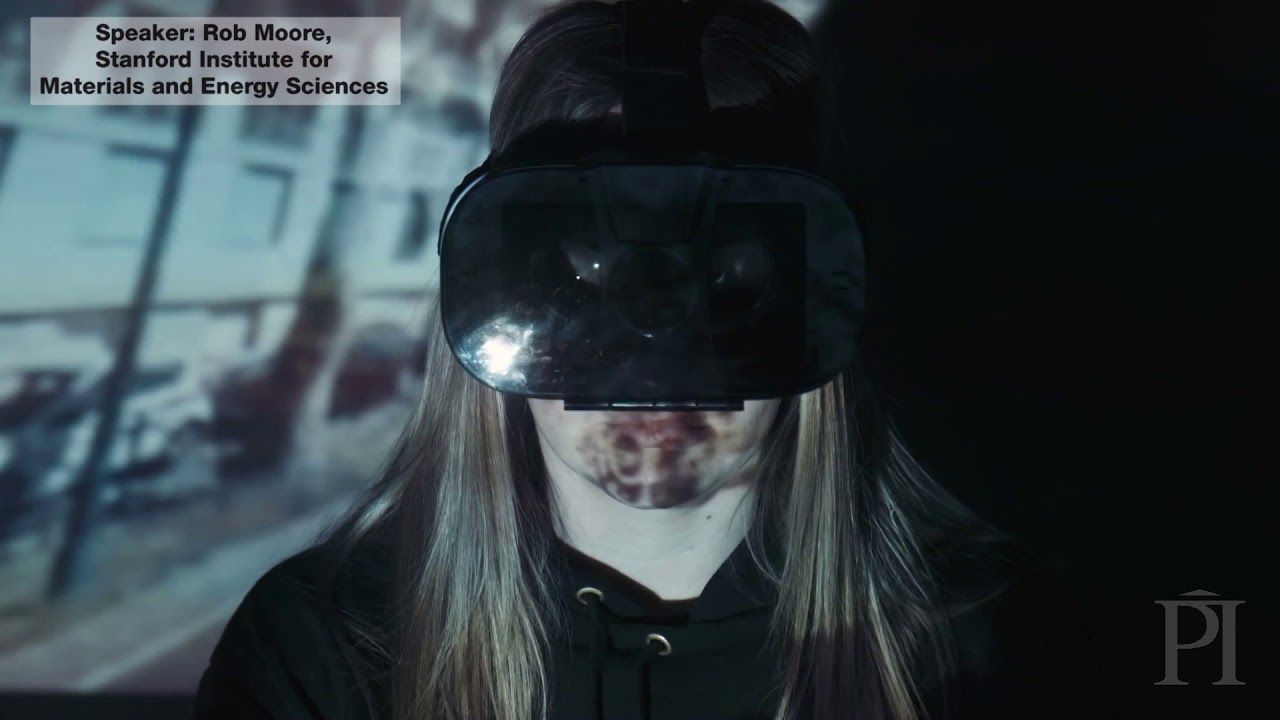
Wednesday Apr. 4, 2018 at 7 PM ET
The live webcast will appear on this page.
Mar 29, 2018
IBM Scientists First to Demo Rocking Brownian Motors for Nanoparticles
Posted by Klaus Baldauf in categories: chemistry, nanotechnology, particle physics
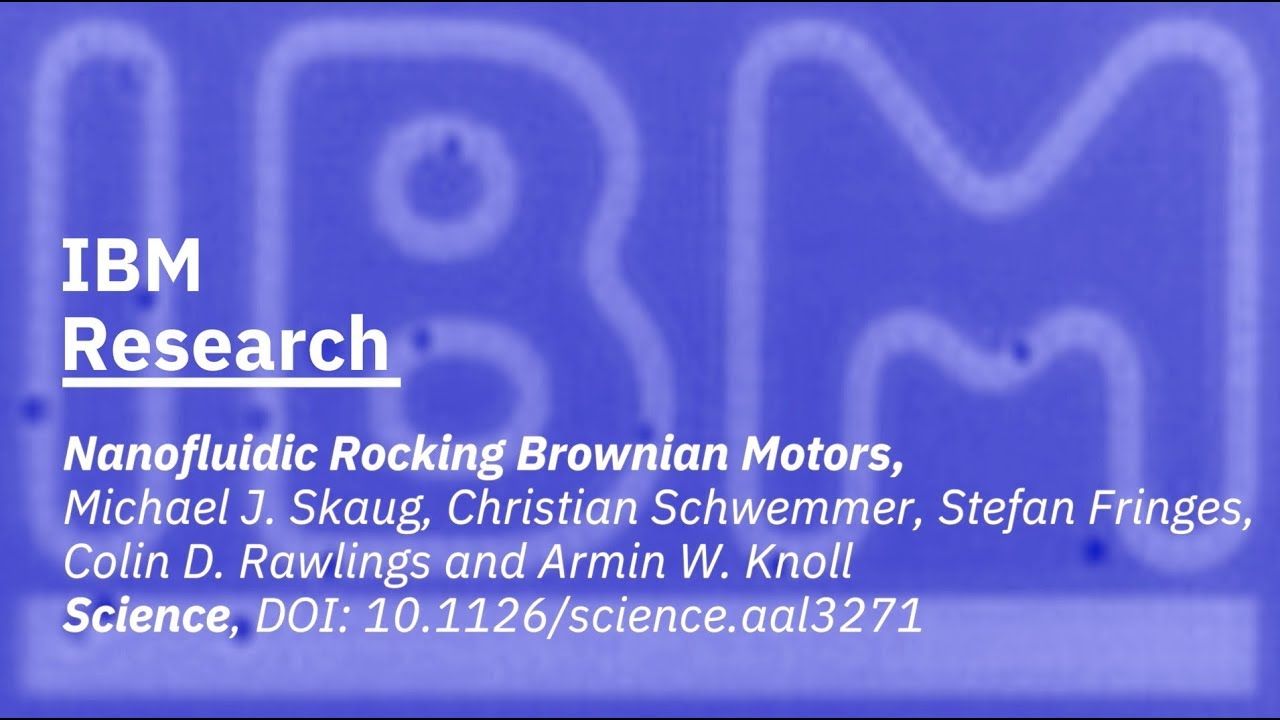
Today, our IBM Research team published the first real world demonstration of a rocking Brownian motor for nanoparticles in the peer-review journal Science. The motors propel nanoscale particles along predefined racetracks to enable researchers to separate nanoparticle populations with unprecedented precision. The reported findings show great potential for lab-on-a-chip applications in material science, environmental sciences or biochemistry.
No More Fairy Tales
Continue reading “IBM Scientists First to Demo Rocking Brownian Motors for Nanoparticles” »
Mar 29, 2018
Microsoft inches closer to commercially-viable quantum computing
Posted by Genevieve Klien in categories: computing, particle physics, quantum physics
Microsoft’s quest to create a powerful quantum computer comes closer to reality with the help of an elementary particle.
Mar 29, 2018
CERN Researchers Think They Saw Rare Particle Decay That Could Lead to New Physics
Posted by Sean Brazell in category: particle physics
Physicists in Switzerland are on a subatomic hunt that, they hope, will reveal some entirely new results beyond the limits of their theories.
An experiment at CERN in Geneva, called NA62, is designed to let scientists watch a rare kind of particle decay. The team, using a whole new method, may have finally spotted what they’re looking for.
You’ve probably heard of quarks, the building blocks of other subatomic particles. There are six: the common up and down quark, the strange and charm quarks, and the rarest top and bottom quarks. Protons and neutrons contain only up and down quarks.
Mar 29, 2018
Richard Taylor, Stanford physicist who won Nobel, dies
Posted by Genevieve Klien in category: particle physics
Shortly after learning he’d won the Nobel Prize in physics, Richard Taylor stared at his reflection in a mirror.
“Murray Gell-Mann is smart. Dick Garwin is smart,” he told himself, referring to two pioneering 20th century physicists. “You are lucky.”
The self-effacing Taylor, a Stanford University professor emeritus of physics who shared the Nobel in 1990 for his role in the discovery of quarks, died Feb. 22 at his home on the Stanford campus. He was 88.
Continue reading “Richard Taylor, Stanford physicist who won Nobel, dies” »

